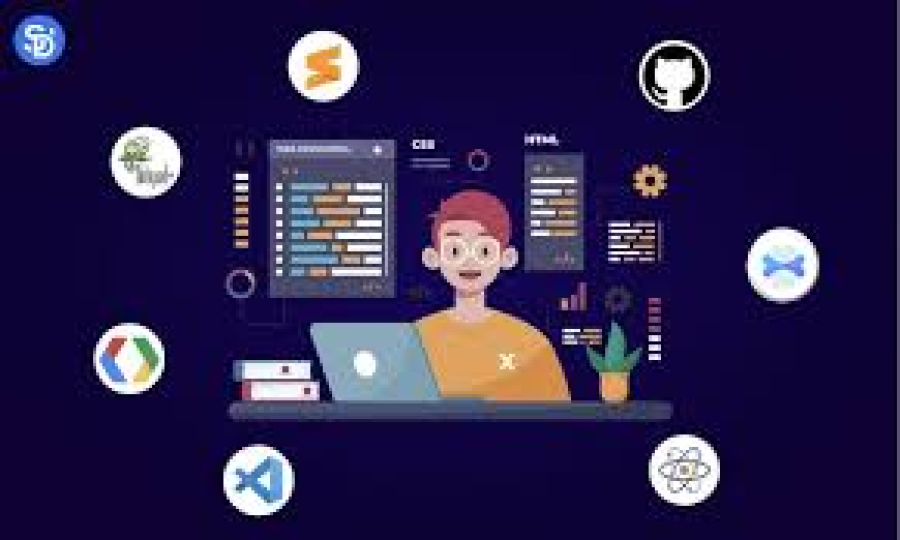How IoT (Internet of Things) Will Shape Web Development
The Internet of Things (IoT) is transforming the digital landscape, connecting billions of smart devices and revolutionizing how we interact with technology. With IoT-enabled devices generating massive data streams, web development must adapt to support real-time interactions, seamless integrations, and enhanced security.
At FreelancerBridge, we explore how IoT is shaping web development, bringing new challenges and opportunities for developers, businesses, and users.
How IoT is Transforming Web Development
1. Real-Time Data Processing & Analytics
IoT devices continuously collect and transmit data, requiring websites and applications to handle:
✅ Live data processing for instant decision-making
✅ Dynamic content updates without reloading pages
✅ Optimized user experience with personalized content
2. API-First Development for IoT Connectivity
With millions of IoT devices communicating with web applications, APIs (Application Programming Interfaces) play a crucial role in:
✅ Seamless device-to-web integration
✅ Interoperability between different platforms
✅ Efficient data exchange between smart devices & servers
3. Cloud Computing & Edge Computing for Scalability
IoT applications generate vast amounts of data, making cloud computing & edge computing essential for:
✅ Faster data processing with minimal latency
✅ Secure storage and access across multiple devices
✅ Improved web app performance with real-time updates
4. Enhanced Security for IoT-Enabled Web Apps
With more connected devices, security risks increase. Web developers must focus on:
✅ Securing data transmission with encryption protocols
✅ Implementing multi-factor authentication (MFA) for access control
✅ Detecting & preventing cyber threats using AI-powered security tools
5. Progressive Web Apps (PWAs) for IoT
Progressive Web Apps (PWAs) are gaining popularity in IoT development because they:
✅ Work offline with cached IoT data
✅ Provide a seamless mobile experience
✅ Enhance IoT device management through responsive dashboards
6. AI & Machine Learning for Smart Web Applications
Combining AI & IoT in web development enables:
✅ Predictive analytics for smart decision-making
✅ Automated responses based on real-time IoT data
✅ Personalized user experiences with adaptive content
7. Voice Search & IoT Integration
IoT is driving the adoption of voice search & voice-controlled web interfaces with technologies like:
✅ Amazon Alexa, Google Assistant, & Siri integration
✅ Voice-activated web applications
✅ Improved accessibility & hands-free navigation
8. Responsive & Adaptive UI for IoT Devices
Web applications must adapt to various IoT interfaces, including:
✅ Wearables (smartwatches, fitness trackers)
✅ Smart home devices (TVs, thermostats, cameras)
✅ Industrial IoT (manufacturing, logistics, healthcare)
9. Blockchain for IoT Security & Web Transactions
Blockchain technology enhances security & transparency in IoT-driven web applications by:
✅ Providing decentralized & tamper-proof data storage
✅ Ensuring secure transactions between IoT devices
✅ Preventing unauthorized access & data breaches
10. Future-Proofing Web Development with IoT
As IoT adoption continues to grow, web developers must embrace:
✅ AI-powered automation for data processing
✅ Cloud-based infrastructure for scalability
✅ User-centric design for seamless IoT interactions


 by Emily
by Emily




